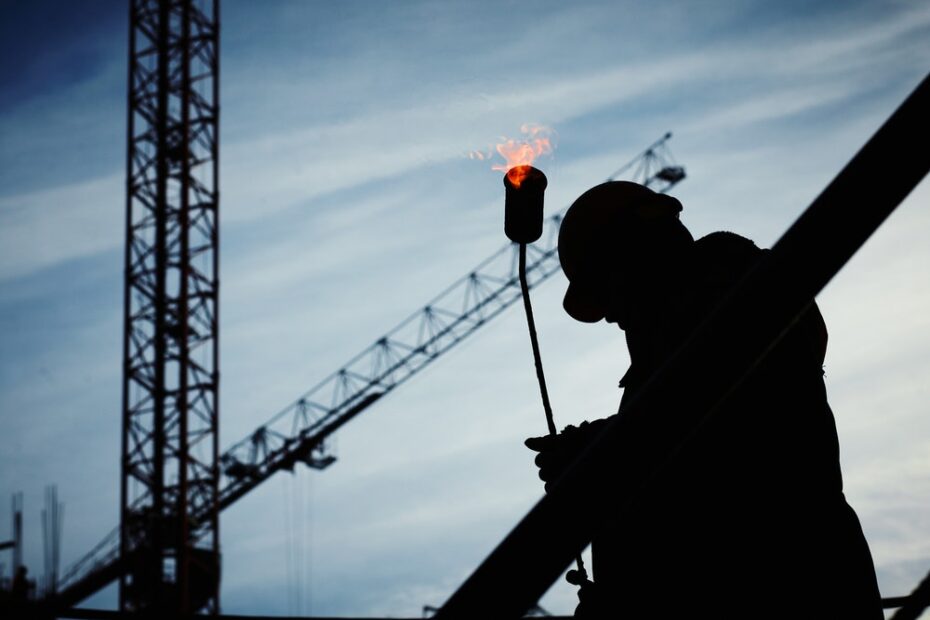Workplace injuries take a serious toll not only on Australian employers and their employees, but also on the economy. As indicated by statistics gathered by Safe Work Australia, work-related injuries cost the Australian economy approximately $60 billion per year. That’s equivalent to approximately 5% of GDP.
With so much at stake, here’s what you should know about the most common workplace injuries and how to handle them.
The causes of most Australian workplace injuries
Safe Work Australia defines a “serious” workers’ compensation claim as one in which the “compensated injury or disease resulted in one week or more off work”. Preliminary data indicates that Australian workers filed 106,260 such claims in 2016-2017.
Preliminary data for that time also indicates that 40,330 or 38% of the workers who made this type of claim sustained injuries or experienced illness due to “body stressing”. More than 25,000 workers (24% of workers) sustained injuries due to slips, trips or falls; and more than 16,500 workers (16% of workers) got hurt when they were hit by moving objects.
Injuries and illnesses caused by the following accounted for the remaining serious workers’ compensation claims in 2016-17:
- hitting objects with a part of the body;
- mental stress;
- other “mechanisms of incident”, such as biological factors, sound and pressure, roll over, slide or cave-in, and unspecified causes;
- vehicle collisions;
- heat, electricity and other environmental factors;
- chemicals and other substances.
Some common types of workplace injuries
In addition to documenting the causes of most serious workers’ compensation claims in 2016-17, Safe Work Australia tracked the types of injuries the workers sustained. These comprised:
- traumatic joint/ligament and muscle/tendon injury (41%);
- wounds, lacerations, amputations, and internal organ damage (16%);
- musculoskeletal and connective tissue diseases (16%);
- fractures (11%);
- burns (2%);
- intracranial injuries (1%).
That’s a lot of medical jargon so now let’s take a look at what all of this really means.
In layperson’s terms, traumatic injuries involving joints, ligaments, muscles and tendons can also be classified as strains and sprains, depending on their severity. These types of injuries generally occur when poor body mechanics are used during strenuous physical activity, such as lifting and moving heavy objects. However, they can also happen when joints are stressed in slip/trip/fall accidents.
By definition, a wound is generally classified as a bodily injury in which the skin is breached (broken) and “there is usually underlying tissue damage”. Along with these types of injuries, cuts (lacerations) and amputation (the severing of a body part) are usually attributed to workplace accidents involving sharp tools/machinery.
Musculoskeletal disorders may include but are not limited to repetitive strain or repetitive stress injuries, such as carpal tunnel syndrome and tendonitis. When classified as such, they are usually caused by “overexertion or repeating a movement incorrectly for long periods”.
Fractures are simply broken bones. The severity of these types of injuries can vary drastically depending on the mechanism of injury. Workplace accidents that cause fractures include but are not limited to slips, trips and falls.
Next, the medical definition of a burn is “damage to the skin or other body parts caused by extreme heat, flame, contact with heated objects, or chemicals”. Although they account for a very small percentage of serious workplace injuries, the potential for burn injuries shouldn’t be taken lightly.
Although intracranial injuries, or head and brain injuries, also account for a small percentage of serious workplace injuries, they can be among the most devastating. These injuries can happen when workers are hit by moving objects, or when they slip, trip and fall.
What to do about common workplace injuries
If you’ve been hurt at work, it’s important to report the matter to your employer and seek medical attention as soon as possible. It is also important to get the proper advice regarding your rights and options for legal recourse, if any.
Beyond that, there are also certain precautions you can take to reduce the risk of getting injured in the first place. These include but are not limited to:
- using proper body mechanics when participating in strenuous activities, such as lifting heavy loads;
- identifying and removing any tripping hazards;
- quickly identifying and cleaning slippery surfaces, or providing adequate warning;
- wearing proper safety gear;
- getting proper training in the use of heavy/dangerous equipment;
- limiting repetitive activity by varying job tasks whenever possible.
To learn more about common workplace accidents and injuries, and your options if you have been hurt at work, contact our Sydney worker Compensation Lawyers today.
